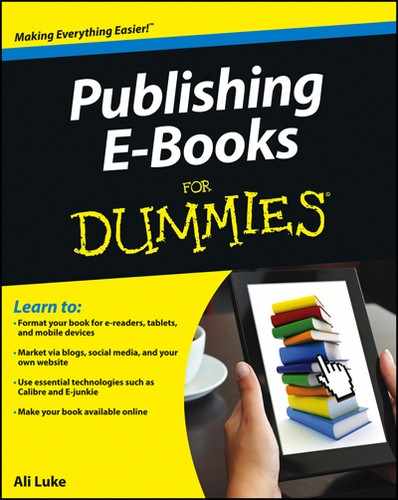Figure 3-1: A mind map for an e-book titled Starting a Blog.
Planning and Plotting Your Way to Success
If you’re serious about writing and publishing an e-book, treat it as a business project: Have a plan for nonfiction or a plot outline for fiction. Even if you often write small, quick pieces (such as blog posts or short stories) without a plan, you need one in order to keep your e-book on track.
Mind mapping
One useful technique for planning your e-book is mind mapping, or generating ideas based on a central topic. In case you haven’t yet come across this concept, Figure 3-1 shows an example of a mind map for an e-book about starting a blog. Notice that the provisional title of the e-book is in the center and that the ideas have been linked.

You can put your mind map on paper or use it with software such as XMind. The basic package is available for free at www.xmind.net
.
Follow these steps to draw your own mind map:
1. Write the title or topic of your e-book in the center of the page.
2. Jot down, around the edge of the page, any ideas that relate to the topic.
Write down everything. Consider all ideas at this stage, even if they initially seem silly or too difficult to manage. You can refine your ideas later.
3. Draw lines to link related ideas.
You might like to use different shapes or colors as well.
4. Relax.
You don’t have to complete the entire mind map in a single session. Return to it after a few hours, or the next day, and see whether you can add any new ideas.
Mind mapping isn’t simply a good way to capture existing ideas — it also helps you come up with new ones. As you write down key points for your e-book, you’ll think of new pieces of information or new questions to explore. This is one reason why mind mapping works well, especially at the start of the planning process.
You can use mind maps for both fiction and nonfiction writing. In a fiction mind map, you might use the characters as the key points and then draw lines between them and briefly describe the relationship or link. This process can help you identify potential problems, such as one character who has little connection to everyone else in your story. You can also use a mind map to develop key scenes or plot points in your novel, or even to explore possible themes.
Index cards
Fiction writers sometimes use index cards and corkboards (or their software equivalents, such as Scrivener, available from www.literatureandlatte.com
) to map out their novels. This method lets you shuffle scenes around with ease and try out different configurations until you’re happy with the flow and progression of the plot. You can do the same with a short story collection by writing on cards the title and a brief description of every story and then rearranging the cards to try out different configurations.
You can also use the index card method with nonfiction. It’s particularly useful if your e-book is composed primarily of stand-alone chapters. For example, if your e-book is a compilation of your best blog posts or essays, try different arrangements to see which one provides the best experience for the reader. Though readers often dip into and out of a book of essays or articles in print form, flicking through an e-book is more difficult — readers are more likely to read it linearly. After readers download a free sample of your book, they see the first few essays — which need to be especially well-written and engaging.
Chapter outline
For writing nonfiction in particular, a linear chapter outline is useful. It can be brief (only a list of chapter headings) or much more in-depth (chapter headings, subheadings, and brief notes on what you plan to add to every subsection). If you’ve already attempted and abandoned an e-book, try writing a more detailed plan this time to help you stay on track.
You can use a chapter outline for fiction, too. An author often plans the first few chapters, adds points of high drama throughout the rest of the book, and leaves the remainder blank, to be filled in after making progress on the story. It’s up to you to decide how much planning to do.

 Think of your plan as the itinerary for a journey. By mapping it out in advance, you ensure that you can do and see all the attractions you want — and you can spot potential problems well ahead of time. You don’t have to stick rigidly to the plan after your journey’s underway (you may well find that you need to modify it), but you know that you always have the plan to fall back on if you run out of ideas or if you get stuck.
Think of your plan as the itinerary for a journey. By mapping it out in advance, you ensure that you can do and see all the attractions you want — and you can spot potential problems well ahead of time. You don’t have to stick rigidly to the plan after your journey’s underway (you may well find that you need to modify it), but you know that you always have the plan to fall back on if you run out of ideas or if you get stuck.